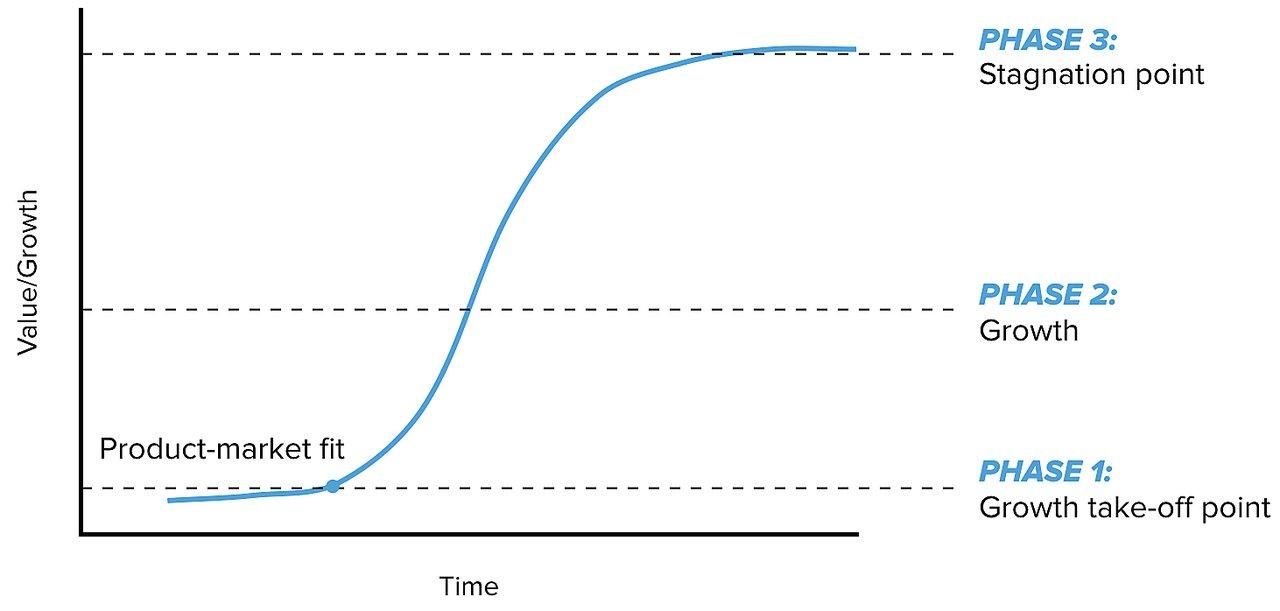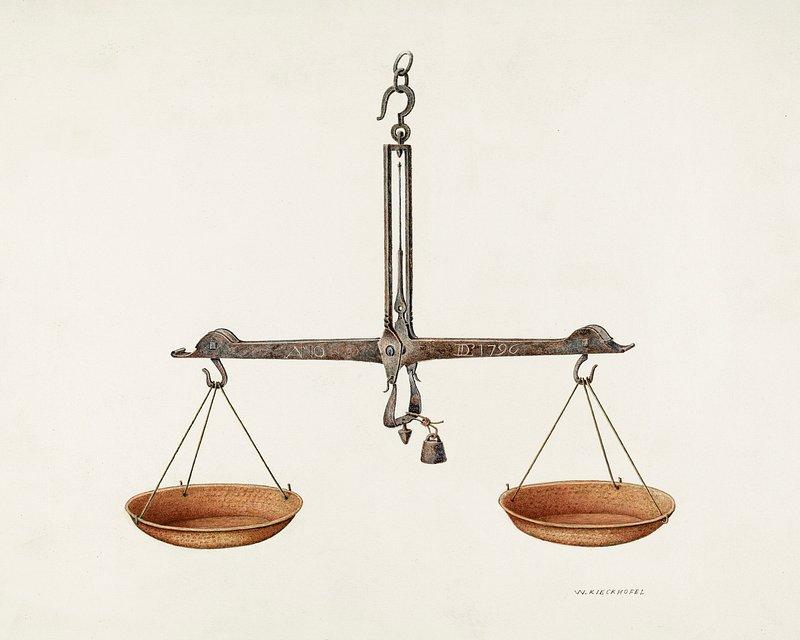When setting up a dining room or conference area, one often overlooked aspect is the amount of space that should be left around a table. The question arises: how much space should be left around a table? In this article, we delve into the importance of adequate space and provide guidelines to ensure comfort and functionality in any room setup. Let’s explore the often underestimated art of table spacing.
Creating the perfect dining area layout
When designing the layout of your dining area, it’s crucial to leave enough space around the table for comfortable movement and seating. The amount of space you should leave around a dining table will depend on the size and shape of the table, as well as the size of the room. Here are some general guidelines to follow:
- For a round dining table, leave at least 36 inches of space between the table and the walls or other furniture to allow for easy chair movement.
- For a rectangular dining table, aim for at least 48 inches of space on all sides to ensure that chairs can be pushed back without hitting walls or other obstacles.
- Consider the flow of traffic in the room and leave a clear path to and from the dining area.
Creating a well-balanced dining area layout not only enhances the aesthetic appeal of the space but also improves functionality and comfort. By giving careful consideration to the amount of space around your dining table, you can ensure that your dining area is inviting and practical for everyday use. Remember to adjust these guidelines based on the specific dimensions of your dining table and room to achieve the perfect layout for your home.

Optimizing space for comfortable movement
When it comes to around a table, it’s important to consider the dimensions of the table itself as well as the surrounding area. A general rule of thumb is to leave at least 36 inches of clearance around the perimeter of the table to allow for easy passage and comfortable seating. This ensures that diners can move in and out of their seats without feeling cramped or confined.
Additionally, consider the layout of the room when positioning a table. If your dining area is small, you may need to leave extra space around the table to accommodate traffic flow and prevent the room from feeling overcrowded. By carefully planning the layout and ensuring adequate space for movement, you can create a comfortable and functional dining area that is both visually appealing and practical.

Striking the right balance between function and aesthetics
When it comes to designing a space, it’s important to find the right balance between function and aesthetics. One of the key considerations when setting up a dining area is the amount of space needed around a table. **Having enough room around a table ensures comfort for diners and allows for easy movement**. A general rule of thumb is to leave at least 36 inches (approximately 91 cm) of space between the table and any walls or other furniture.
Consider the layout of the room and the size of the table when determining the amount of space needed. **For round tables, a minimum of 48 inches (approximately 122 cm) of space around the table is recommended**. This allows for ample room for chairs to be pushed back and for guests to move around freely. By in the dining area, you can create a welcoming and visually appealing space for both everyday meals and special occasions.

Choosing the appropriate spacing for different table sizes
When setting up a table for an event, it’s important to consider the appropriate spacing around the table to ensure comfort and functionality. The amount of space you leave around a table can depend on the size of the table and the number of people seated at it. For smaller tables, such as a bistro table or cafe table, leaving around 18-24 inches of space between the edge of the table and the nearest wall or obstacle is recommended. This will allow guests to comfortably move around the table without feeling cramped.
For larger tables, such as a dining table or conference table, you may need to leave more space around the table to accommodate the additional seats. A good rule of thumb is to leave at least 36 inches of space between the edge of the table and any walls or other obstacles. This will ensure that guests have plenty of room to pull out their chairs and move around the table without feeling crowded. By carefully considering the spacing around your tables, you can create a comfortable and functional seating arrangement for your guests.
In Conclusion
In conclusion, the amount of space you should leave around a table ultimately depends on the functionality and aesthetic you are aiming for in your space. Whether you prefer a cozy and intimate setting or a more open and spacious feel, finding the right balance will ensure that your dining area is both inviting and practical. Experiment with different layouts and measurements to discover what works best for your individual needs and preferences. Remember, there is no one-size-fits-all answer when it comes to creating the perfect dining space – so feel free to get creative and customize it to suit your own unique style. Cheers to finding the perfect balance between form and function in your dining room!